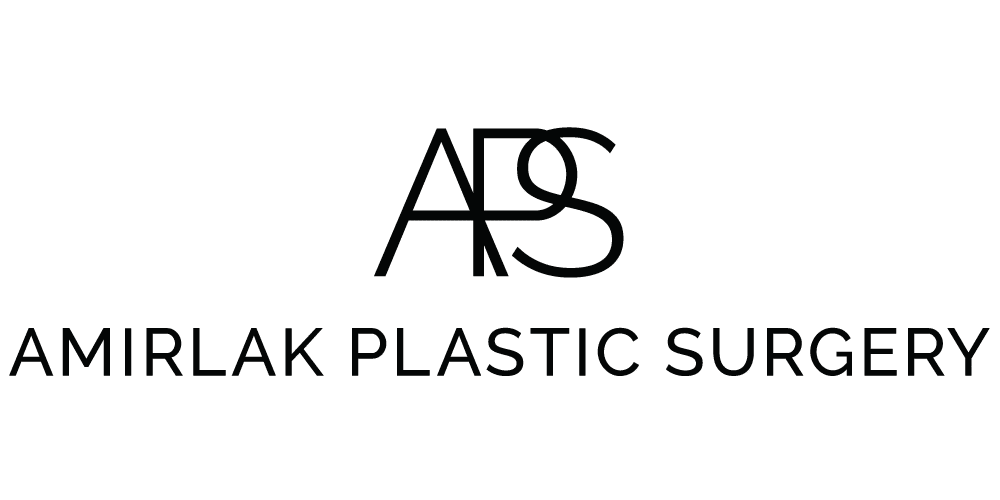Breast
Augmentation Mammaplasty
Augmentation mammaplasty (breast enlargement) is performed to increase breast size and/or fix breast asymmetry. Candidates include women who want larger breasts, and those who want to restore the breast volume often lost as a result of pregnancy or significant weight loss. Breasts can be enlarged with implants or by fat transplantation. Augmentation mammaplasty is not a substitute for mastopexy, which is a procedure to “lift” breasts that sag significantly.
Augmentation Mastopexy
Mastopexy (breast lift) with breast augmentation is a combination procedure that lifts sagging breasts while increasing their size and enhancing their shape. Aging, pregnancy, weight loss and gravity can all cause breasts to sag. When sagging cannot be corrected by implants alone, augmentation mastopexy may be recommended. During mastopexy alone, excess skin is trimmed away, supporting tissue is tightened, the breasts are “lifted” to sit higher on the chest, and the nipple and areola are repositioned or resized. By adding augmentation with implants to the procedure, the breasts can also be made larger and firmer.
Breast Reconstruction
Breast reconstruction is performed on women who have lost one or both breasts to mastectomy, or who lack breasts due to congenital or developmental abnormalities. The goal of breast reconstruction is to create a breast and nipple that resemble the natural breast as closely as possible in shape, size and position. A long as a woman is healthy, age is not a factor in whether she is a good candidate for breast reconstruction. However, women with health problems such as obesity and high blood pressure, and those who smoke, are advised to wait rather than have breast reconstruction immediately following mastectomy.
Breast Implant Revision Surgery
Women who opt for breast augmentation (breast enlargement) with implants may not be happy with the results for a number of reasons: The implants’ shape, size and/or placement may be problematic, or postsurgical complications, such as leaking, wrinkling, implant displacement, capsular contracture or symmastia, may have occurred. Although considered safe, revision surgery to correct problems with breast implants may be more complicated, cost more and take longer to recover from than the initial surgery.
Fat-Transfer Breast Reconstruction
Breast reconstruction surgery replaces the breast that is removed when a woman has a mastectomy to treat breast cancer. Although breast reconstruction often involves inserting a synthetic implant, there is an alternative, more natural treatment for rebuilding the breast(s). “Autologous fat transfer” removes fat from an area of the body that has fat to spare, and places it in the reconstructed breast for results that look and feel natural. By using the patient’s own fat, the hard look and feel often associated with implants is eliminated. Many women also like the idea that a foreign material has not been inserted in their bodies. The cosmetic benefit of fat transfer is that the area, usually the abdomen, from which the fat is taken becomes slimmer and more contoured. Fat-transfer breast reconstruction is ideal for nearly any woman who wants a breast reconstructed, does not want to use a saline or silicone implant, and has enough body fat available to sufficiently rebuild the breast.
Male Breast Reduction
Gynecomastia, which is the overdevelopment of male breasts, affects an estimated 40 to 60 percent of men. It can be the result of hormonal imbalance, obesity, certain drugs or heredity, and can affect one or both breasts.
Mastopexy
Mastopexy (breast lift) is a surgical procedure for lifting and reshaping sagging breasts. Aging, pregnancy, weight loss and gravity can all cause breasts to sag. By trimming excess skin and tightening supporting tissue, breasts can be made to sit higher on the chest and be firmer to the touch. In addition, the nipple and areola can be repositioned or resized to further enhance breast appearance. Because mastopexy does not change breast size, it is often combined with breast augmentation or reduction.
Reduction Mammaplasty
Women who are unhappy about having large breasts and/or want to treat symptoms such as back pain, breathing problems and poor posture, may benefit from reduction mammaplasty (breast reduction), during which fat, glandular tissue and skin are removed from the breasts. The resultant smaller breasts increase patient comfort, and look more in proportion to the rest of the body. Ideal candidates for reduction mammaplasty are women with oversized breasts that are causing medical problems, low self-esteem, and/or physical or social discomfort. Women who are pregnant or breastfeeding cannot undergo reduction mammaplasty.



